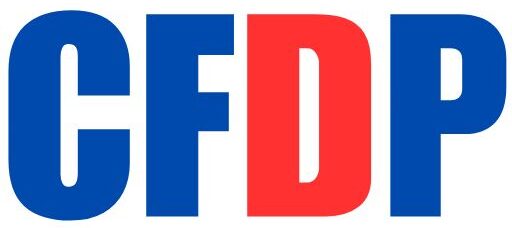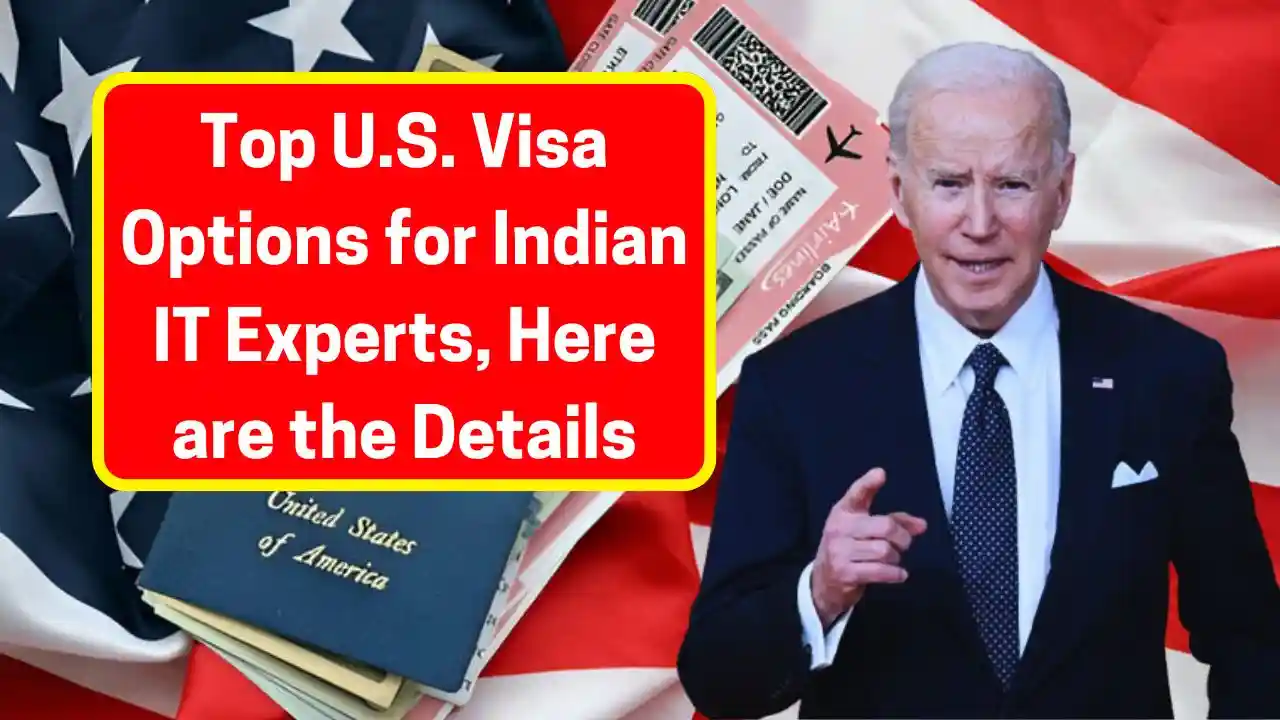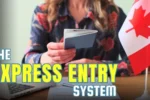The U. S. A. has been a great land of opportunities for professionals from various nations for many centuries, more so in regard to the IT field. This is especially true for Indian techies who have mainly been the torchbearers of this relocation. Many of them dream of working in Silicon Valley, Seattle, Austin, or other tech cities. One thing that doesn’t make it easier is the visa maze. Here is a deeper view of the very best visas for Indian techies looking for jobs in the U.S.
H-1B Visa: The Gateway for Tech Talent
This H1-B visa is the topmost method of coming to the United States for an Indian techie. It enables employers in the United States to hire foreign workers in specialty occupations that require theoretical or technical expertise. Someone attains a bachelor’s degree or higher relevant to the field to be able to apply for it. First granted for three years, it can be extended to a maximum of six years. With an annual cap of 85,000 on applications and 20,000 reserved for those holding a U.S. master’s degree or higher, the visas are all allocated by lottery due to excess demand.
L-1 Visa: For Intra-Company Transfers
Ideal for Indian techies who are working for multinational companies and wish to transfer to their offices in U.S, the L-1 is divided into L-1A which applies to executives or managers, and L-1B which applies to employees having some specialized knowledge. The best thing about this visa is that it has no cap on the number of visas issued annually and allows dual intent, which allows proceeding towards a green card.
O-1 Visa: For Exceptional Talent
The O-1 visa is issued to people with extraordinary abilities or achievements in their respective fields. It may not be that common but is another option for highly talented individuals who have made their mark and may not meet the required qualifications for other types of visas.
EB-2 and EB-3 Green Cards: Pathways to Permanent Residency
Green cards based on employment are the tickets to being a permanent resident in the U.S. They come under two broad categories, EB-2 and EB-3. While EB-2 is categorized as for someone who is an advanced-degree professional or someone with exceptional abilities, EB-3 is for the skilled workers, professionals, or other workers with at least two years of experience. Both these options require employer sponsorship, obviously meaning they should cover long-term opportunities.
F-1 Visa: A Stepping Stone Through Education
For Indian techies pursuing higher studies in the U.S., they have to apply for an F-1 visa, thus availing themselves of an opportunity to participate in Optional Practical Training (OPT) and OPT extensions for STEM, which allow U.S. employment for three years after graduation. It is a pathway to other work visas or green card options.
H-4 EAD: Opportunities for Spouses
H-4 is the visa option available for spouses of primary H-1B visa holders. The spouse may then be entitled to an Employment Authorization Document (EAD), permitting the spouse’s employment in the United States if the primary holder has an approved I-140 (green card application).
Advice on Applying for U.S. Visas
Advance planning and professional legal advice are essential for the successful application of a visa. Keeping abreast of changing U.S. visa policies is equally important. For those who experience challenges, explore alternatives of remote working or other countries’ opportunities which might serve as a good backup plan.
Conclusion
The U.S. provides a variety of visa offerings for Indian techies. Each option comes with its merits and demerits. Understanding them is important for knowing how to make smart decisions toward achieving your career goals be it short-term working or long-term career in the U.S.




